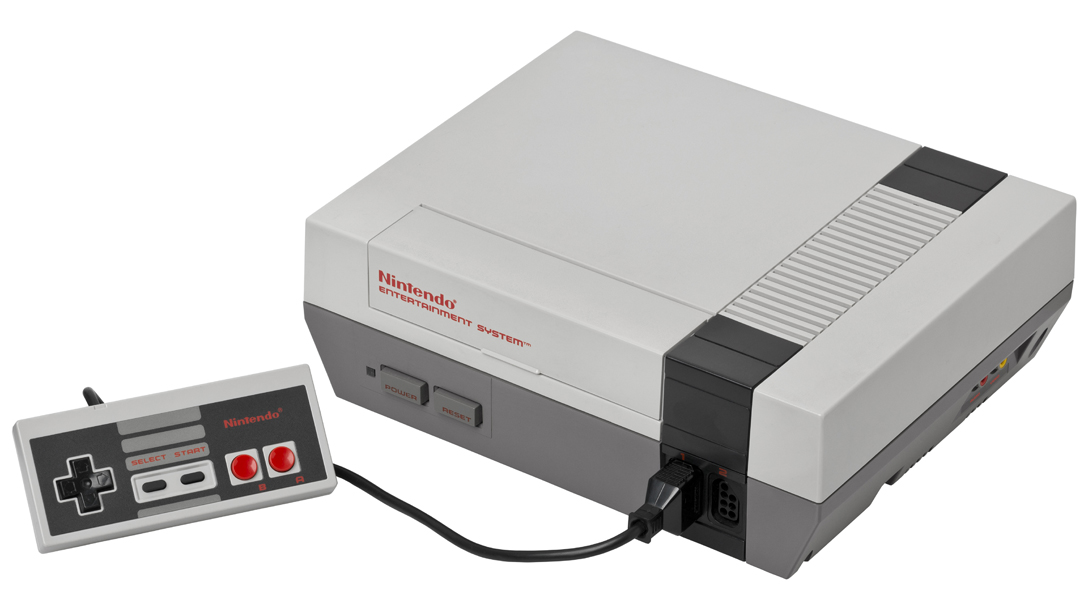In 1984, the video games market was virtually non-existent in the West. While Atari and it's competitors had been making money hand over fist just a few short years earlier, a steady stream of poorly made and wildly unpopular titles, coupled with the rise of personal computing alternatives, led to the infamous video game crash of 1983. Many believed that the dedicated video game console was merely a fad that had already passed and would never turn a profit again. Meanwhile, in Japan, Nintendo had found great success with the release of their new 8-bit Famicom system, actually managing to reach the number one spot in game console sales in a still-thriving Japanese market. This newfound success, in addition to the complete non-existence of any would-be competition in the West, gave Nintendo the confidence to see if they could reignite game console sales in that market as well.
Nintendo first decided to test the waters with their newly-created Vs System, arcade cabinets housing slightly modified, localized versions of already existing Famicom titles. In addition to generating additional revenue via the arcades and giving Nintendo a way to gauge the popularity of various titles, this strategy also had the added bonus of creating buzz and fostering awareness of those titles ahead of the console's launch. Furthermore, when it came time to release the console, Nintendo opted to start out with a limited test market launch, first in New York, and then in Los Angeles, in order to make certain that the system would in fact sell. Nintendo's strategies paid off, and on September 27th, 1986, they finally released their rebranded Nintendo Entertainment System nationwide in America. The video game console was back and here to stay.
In order to help restore consumer confidence and avoid another flood of low quality titles on the market, Nintendo also enacted strict controls on product approval and game licensing for their console. This was made famous by their official seal of quality that could be found on virtually all game cartridges produced for the system; and the NES had quality titles in spades. In fact, it was mostly thanks to its strong stable of games that the system was such a spectacular success. Here are but 12 examples of the best titles that the Nintendo Entertainment System had to offer:
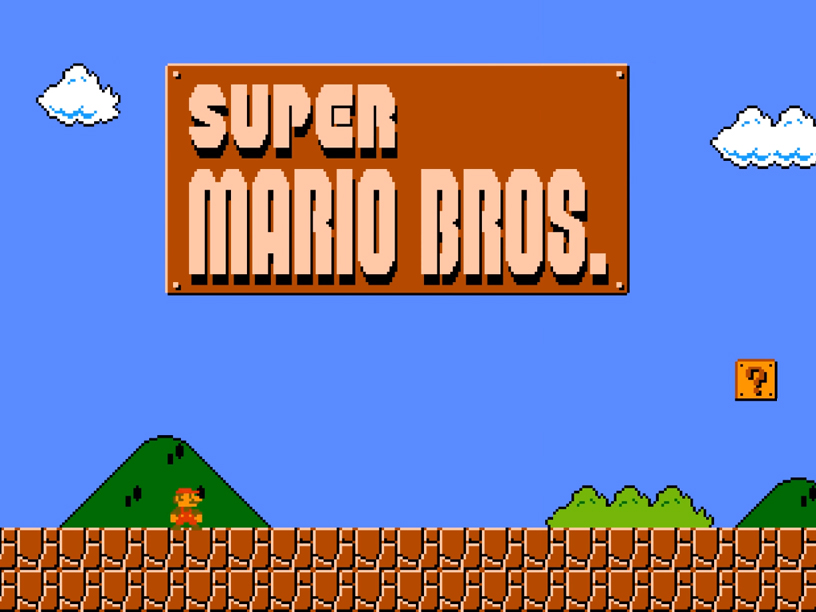
Super Mario Bros (Nintendo, 1986)
Super Mario Bros is a game that needs no introduction anywhere in the gaming world. In fact, I could probably just write, "Nuff said", or (insert mic drop), and be done with it, but out of respect for its greatness, I will continue. While other Vs System games had already done an excellent job of capturing the attention of Western gamers while laying the groundwork for Nintendo's upcoming foray into the console market, at the time Super Mario Bros hit the scene, it fundamentally changed the game. By taking their 1983 arcade hit Mario Bros and improving the controls, expanding the world, adding much greater variety to the stages, creating various power-ups, and giving the proceedings some of the catchiest, most memorable tunes to ever come out of a sound chip, Nintendo ended up with something that many to this day still consider to be one of the greatest video games of all time.
Super Mario Bros played like a dream, with visuals and sounds to match. The game was a revelation, a monster, a cultural icon. It sold like gangbusters and was made into a breakfast cereal, a cartoon show, a (regrettably terrible) movie, mountains of merchandise, and the most widely-known and plentiful franchise of sequels and spin-offs ever created. Those who'd played it wanted it in their home, and those who hadn't wanted to find out what all the fuss was about. In (yet another) brilliant move, Nintendo quickly decided to make the game a pack-in title that came included with most of the NES consoles they sold. Unsurprisingly, their console sales rocketed into the stratosphere, and that, as they say, was all she wrote.

Castlevania (Konami, 1987)
Castlevania was one of now-famous third-party Japanese company Konami's first hits for the NES. Like Super Mario Bros, the game helped to redefine (and in some ways define) the platform genre, and gave early adopters of the console a very strong title to add to their library. Drawing inspiration from classic horror cinema, the creators of the game did an absolutely outstanding job putting quite a bit of thought and detail into the atmosphere and proceedings.
As intrepid vampire hunter, Simon Belmont, the player needed to battle all manner of classic horror monsters as they made their way through Dracula's castle to have at the miserable master of the night, himself. All of this was set to one of the most jamming and appropriate little pile of chip tunes ever to be conceived by mankind. It's little wonder that the game quickly spawned several scary-good sequels on a variety of platforms over the following years. This would include another NES title, the arguably equally-fantastic 1990 follow-up, Castlevania III: Dracula's Curse.
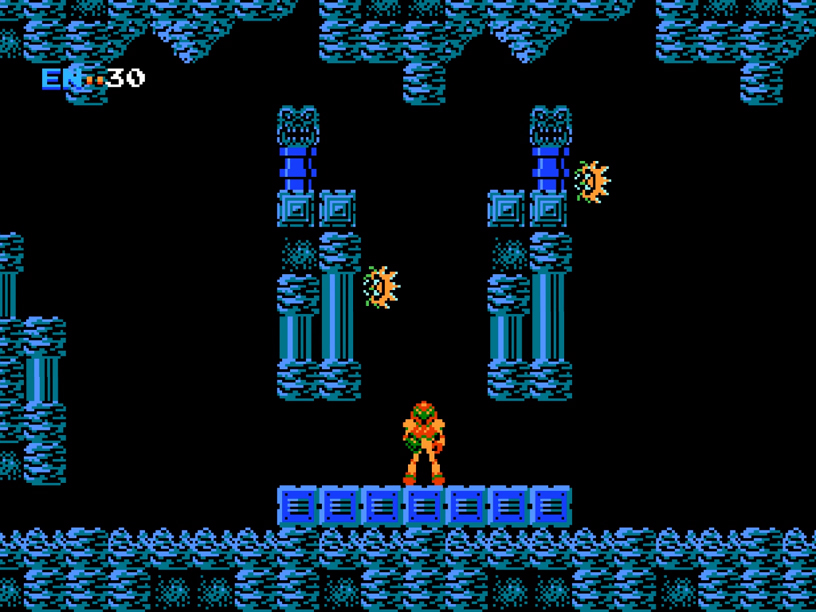
Metroid (Nintendo, 1987)
For those who somehow didn't know, Metroid was a 1987 sci-fi action-adventure platformer, the creation of which was heavily influenced by Ridley Scott's (so much so that one of the main enemies in the game even bears his name) famous 1979 sci-fi horror film, Alien. To further set it apart from other platformers at the time, an emphasis was placed on exploration, requiring the player to often backtrack to places they had previously visited in their search for a way to access new areas. This style of game would later be replicated by the Castlevania series, resulting in the portmanteau the genre is now known by, Metroidvania. Metroid was another big hit for Nintendo and, in 2004, it was remade for the Game Boy Advance, as Metroid: Zero Mission. The original also went on to birth several other stellar sequels, including the recent Switch release, Metroid: Dread.
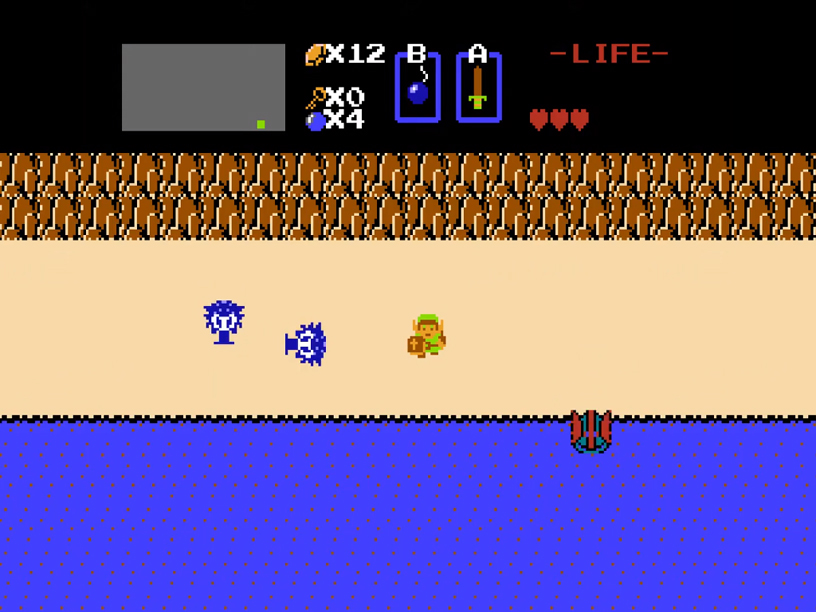
The Legend of Zelda (Nintendo, 1987)
Aside from the aforementioned Super Mario Bros, no other game title on this list is as readily associated with the Nintendo brand as The Legend of Zelda. It is the Batman to SMB's Superman, the Indiana Jones to its Star Wars; and for good reason. Like SMB, The Legend of Zelda was co-developed by legendary game designer, Shigeru Miyamoto, and was actually being created at the exact same time that Super Mario was (despite not being released in the West until nearly a full year after it).
In contrast to Mario , Miyamoto decided to make Zelda a far less linear game, with a strong focus on adventuring. As the hero Link, players were required to explore the game world, to discover new tools that would help them on their quest to save the titular hero from the clutches of the villain Ganon, to engage with non-playable characters, and to think about what they should do and where they should go next. The Legend of Zelda also received a similar amount of acclaim and success to Super Mario Bros, likewise inspiring its own cartoon show, merchandise, cereal (which actually shared a box with the Mario one), and impressively large stable of sequels and prequels which have appeared on virtually every platform Nintendo has ever sold. No movie though (yet).
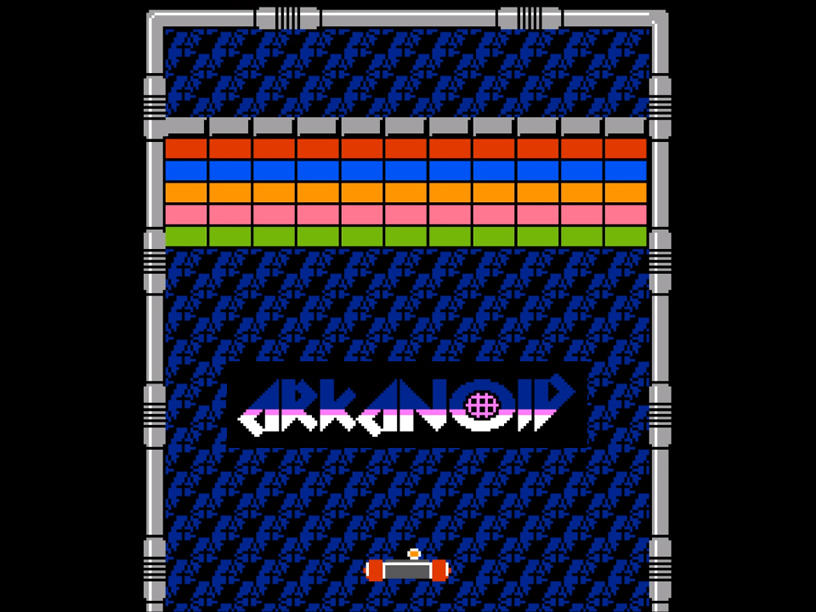
Arkanoid (Taito, 1987)
Origianlly created by Taito for the arcades in 1986, Arkanoid was soon ported to Nintendo's brand new, fast-selling console. At first glance, gamers likely would have assumed that Arkanoid was just another clone of the earlier Atari hit, Breakout. While that may have technically been the case, Arkanoid was actually pretty one-of-a-kind. With a neon aesthetic largely inspired by the 1982 sci-fi film, Tron, and electronic sound effects to match, the game's audio and visuals were pretty unique. The game also featured many improvements to the classic block-breaker gameplay with the addition of random enemies floating around the screen, as well as a variety of available power-ups to assist the player. The game was a joy to play and won numerous accolades, and has even been ranked by some publications among the best video games of all time, NES or otherwise.
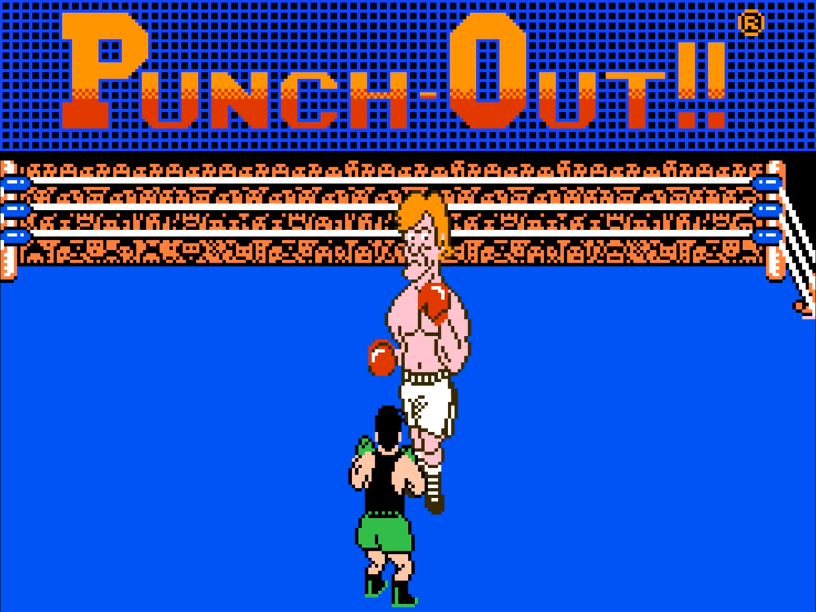
(Mike Tyson's) Punch-Out(!!) (Nintendo, 1987)
Like any great game console with a sizable number of titles, the Nintendo Entertainment System was not limited to just two or three types of games. It had platformers, shooters, puzzle games, adventure titles, racing games, arcade ports, and even sports titles (or arcade sports title ports, as the case may have occasionally been). Perhaps most well-known of these sports titles was Nintendo's 1987 port of their own 1984 arcade hit, Punch-Out!
Although getting the game onto the NES did require some compromises/changes to the visuals and gameplay, this was offset by the addition of several interesting new characters, most notably of which was then actual heavyweight champion, "Iron" Mike Tyson as the final opponent. When the rights to Tyson's name and likeness ran out in 1990, the game was then re-released simply as "Punch-Out!" This version replaced Tyson with a new final opponent named "Mr Dream". As with the arcade version, the console release was also a knock-out hit and as a result, there weren't many NES owners in the late '80s who didn't possess a copy of the game. In fact, the game was so popular that in-game opponent, King Hippo, appeared as one of the main characters on the beloved Nintendo-themed cartoon show, Captain N: The Game Master (along with the hero characters from Castlevania and the Mega Man games, and Mother Brain, the menacing final boss from Metroid).
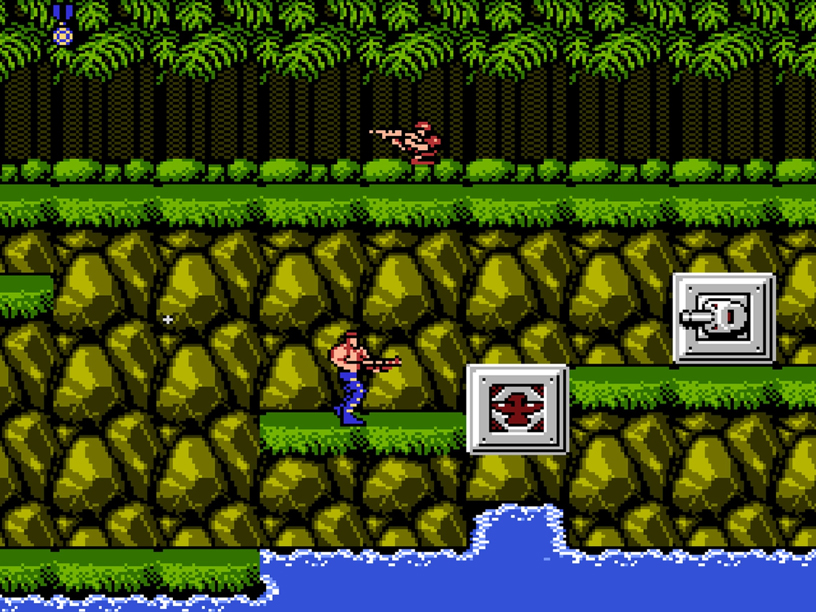
Contra (Konami, 1988)
Even though Castlevania did become one of Konami's first big franchises to grace the the Nintendo Entertainment System, it were far from their only hit series. Less than a year after the original Castlevania was released, Konami melted gamers faces off with their own mind-blowing tribute to the Alien movie (in addition to the 1985 action flicks, Rambo and Commando), a port of their explosively popular 1987 arcade blockbuster, Contra. Although the port may not have been totally 100% arcade perfect, it did do a remarkable job of capturing its frenetic, simultaneous two-player alien-blasting action. This basically all but guaranteed that the console version would also be a big hit (it was), which in turn led Konami to later port their excellent arcade follow-up, Super C(ontra), to the NES a few years later. Like Castlevania, the Contra series would also continue to receive some pretty fantastic sequels on a variety of platforms over the following years.
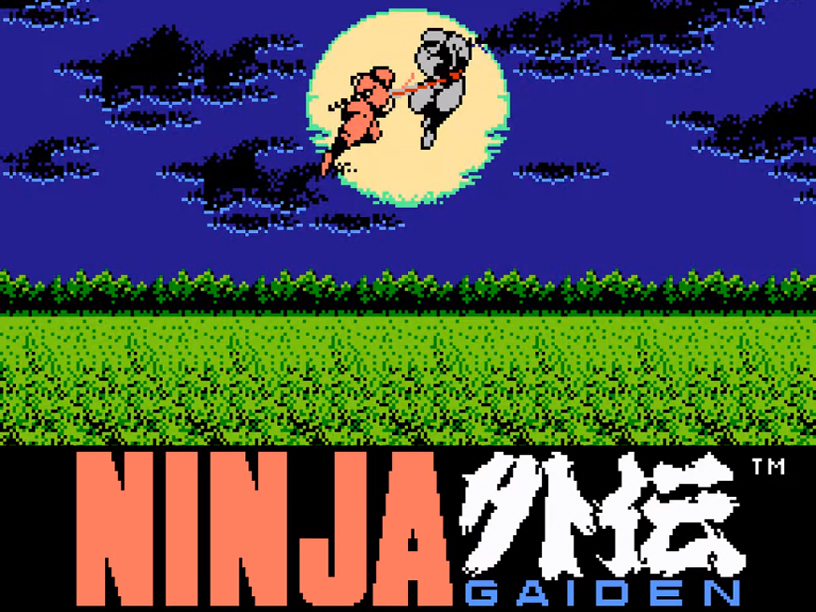
Ninja Gaiden (Tecmo, 1989)
In spite of sharing similar critical acclaim, the same developer and title, certain game assets, and both releasing right around the same time, the console version of Tecmo's Ninja Gaiden was actually a pretty different game from the arcade release. Whereas the arcade version was more or less your standard two-player beat-em-up fare, for the console release, Tecmo instead created an intense single-player action-platformer which featured the use of cinematic in-game cutscenes, one of the first titles ever to do so. These brilliant anime-style clips appeared in the attract mode, as well as between stages, in order to frame the story and help move the action forward.
The excellent soundtrack also fit perfectly with both the cinematics, and the levels in general and greatly helped to set Ninja Gaiden apart as one of the truly standout titles on the NES. The only real flaw that the game had was its relentlessly punishing difficulty. Along with a number of other, similarly challenging games, it helped establish a somewhat notorious reputation for the console, which came to be known as "Nintendo hard". Ninja Gaiden was fun though, despite its rather insane level of difficulty, and is still considered to be not only one of the best, most influential games on the NES, but of all time.
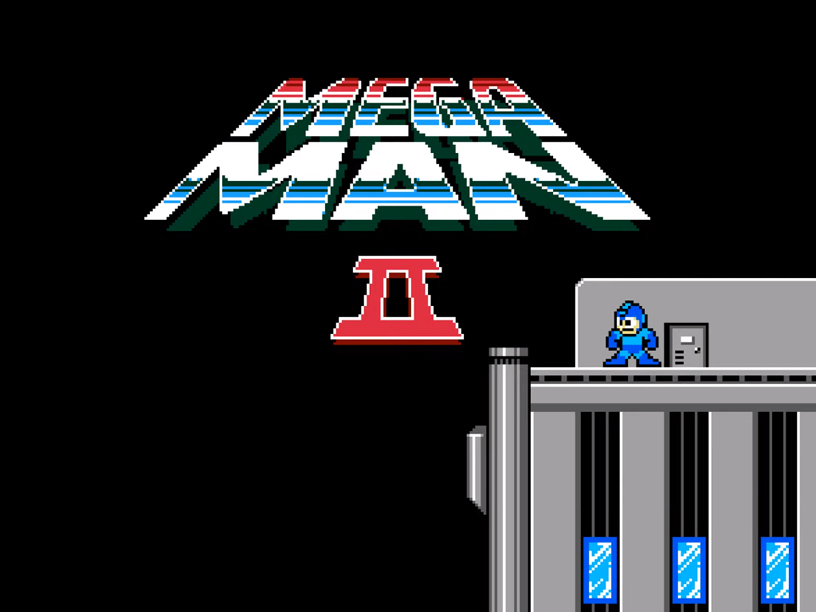
Mega Man 2 (Capcom, 1989)
Like Konami (and Tecmo), Capcom was another Japanese arcade developer that found success early on in the Nintendo Entertainment System's life by adapting some of their hit titles for it. Also like Konami, they found just as much success (if not more) by coming up with and releasing new original properties for it as well, most famous of which for Capcom would be their Mega Man series. While the 1987 original did succeed in establishing most of the formula and gameplay that the games are now so well-known for (including the Keiji Inafune-designed titular hero himself), that entry's almost spiteful level of difficulty did unfortunately manage to sap some of the enjoyment out of the proceedings. As a result, the first Mega Man did not sell particularly well.
Thankfully, however, Capcom was undeterred, and decided to give the property one more go; with their 1989 follow-up, Mega Man 2. This time around, they made the gameplay a bit more balanced and enjoyable. They also tweaked the formula slightly, and gave the game an objectively superior soundtrack. The additional balance and polish they brought to the sequel resulted in it becoming a massive hit which paved the way for the large number of sequels and spin-offs that followed (and are still being released today). While there have been many other fantastic and acclaimed installments to the franchise over the years, Mega Man 2 is still widely regarded as the best.
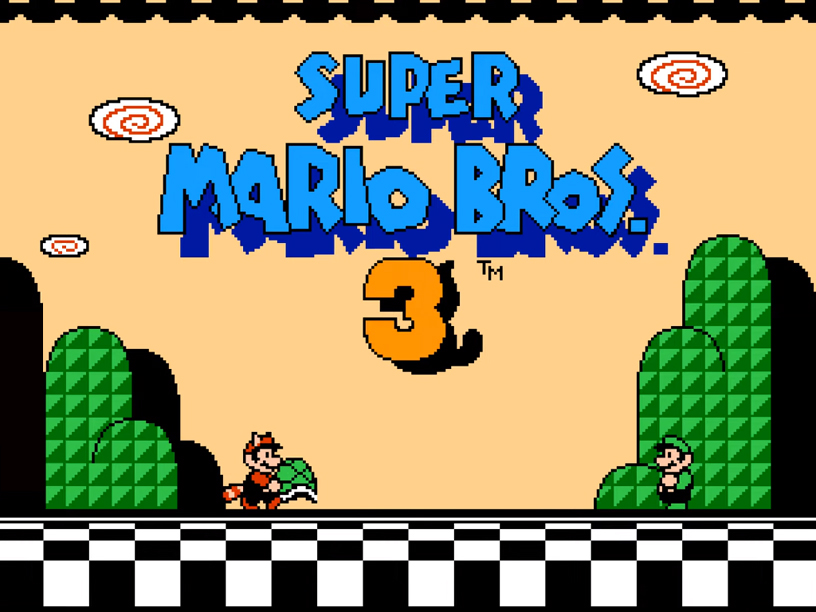
Super Mario Bros 3 (Nintendo, 1990)
The first official sequel to Super Mario Bros played a lot like the original, just much, much harder. In fact, it was so difficult, that Nintendo decided to not even release it in the West. Instead, they took a completely different game and just swapped out the main characters for Mario ones. While still a great game in its own right, the Western version of Super Mario 2 quite understandably didn't feel like it had all that much in common with the original. So, Nintendo decided to try again with the third entry.
This time around, the game wouldn't be a harder carbon copy, nor a reskin of something completely different, Nintendo simply took everything that was great about the first game and polished and expanded on it until they had something even better. They added more stages per world, and included a map so as to give the player a bit of choice in terms of what they do next (and even gave the player the ability to skip some stages altogether, either with or without the use of secret warp pipes). They also threw in a variety of mini-games, and superb new power-ups giving the player more fun things to do, and more unique abilities to help them out. Finally, the game featured beautiful, more detailed graphics and a larger, more varied, yet equally fantastic soundtrack. Super Mario Bros 3 was a truly worthy follow-up to the groundbreaking first entry. Just like the original, SMB 3 was a massive hit and also received its own cartoon, merchandise, and even a movie (of sorts). Also much like the first game, Super Mario Bros 3 too is widely considered to be one of the greatest games ever made.
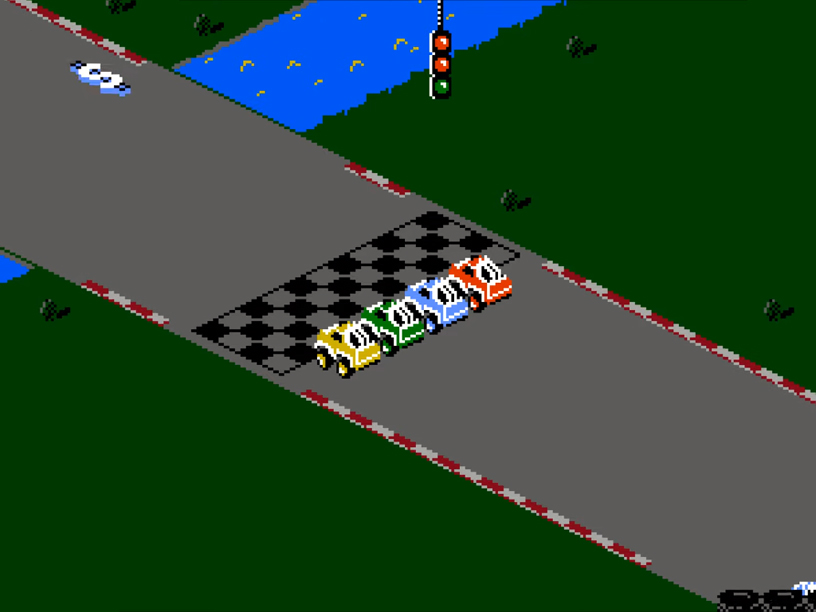
RC Pro-Am II (Rare, 1992)
No video game console library would be complete without a decent collection of great racing titles. While the NES may not have exactly been overflowing with them, it did have a fair few to offer. The most famous entries of which arguably being from the RC Pro-Am series. The first installment was released in 1988 and was one of (then) Nintendo 2nd-party developer Rare's first big hits for the console. An isometric-perspective racer similar to Atari's earlier arcade hit, Super Sprint, RC Pro-Am mixed things up by zooming in the view, replacing the open wheel racecars with radio-controlled vehicles, and adding in weapon pick-ups for more exciting, action-packed races. The game was the complete package, with one regrettable exception, it was a single-player only affair.
Luckily, the 1992 follow-up, RC Pro-Am II, more than lived up to it's title. It not only offered a much-needed 2-player multiplayer mode (in addition to new single-player content), but even added support for double that number of players, provided you owned the official NES "Four Score" four-player multitap adapter. This not only positioned RC Pro-Am II as the best entry in the series, but placed it at the top of the podium of all racing titles for the Nintendo Entertainment System.
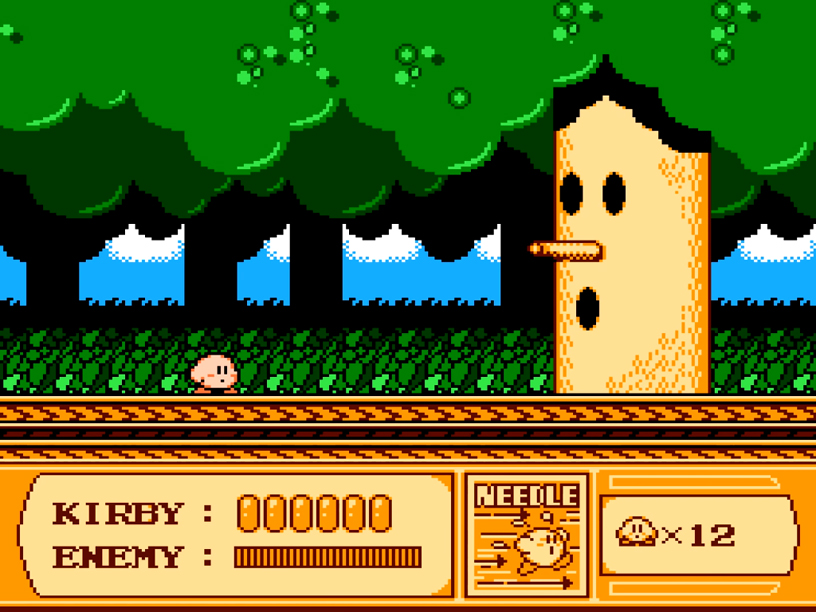
Kirby's Adventure (HAL Laboratory, 1993)
In 1992, another now-famous 2nd-party developer, HAL Laboratory, release a title called Kirby's Dream Land for Nintendo's two-color handheld Game Boy console. The game marked what would be the first appearance of their lovable pink puffball, the titular hero, Kirby. The game was a success for HAL Laboratory and in 1993, they released a follow-up for the (by-then) aging NES.
As Kirby's first foray into a full-color world, HAL Laboratory took advantage of the more powerful hardware to make the visuals really pop. The game also ratcheted up the fun with the debut of what would become Kirby's signature copy ability, granting him special powers depending on the types of enemies he swallows. Kirby's Adventure was a late hit for the Nintendo Entertainment System and gave fans at least one more good reason to keep coming back to it, at a time when the console had already been replaced by its successor, the S(uper)NES. Kirby's Adventure also succeeded in cementing its star character as a Nintendo mainstay who still shows up regularly to this day, both in his own titles, and in the immensely popular Super Smash Bros series.
By building off of their initial success in Japan and taking steps to not only cultivate a fanbase ahead of time, but also to earn and keep consumer trust, Nintendo was able to simultaneously break into and revitalize the Western video game market. Their Nintendo Entertainment System solidified the video game console as a permanent home fixture the world over and managed to more than double the sales mark set by Atari's earlier behemoth, the VCS/2600 console. It also made the Nintendo brand into a household name, which still remains a top competitor in the industry over 36 years later.
Following shortly after the release of the Nintendo Entertainment System, then-competitor Sega released their own 8-bit console in the West, the Sega Master System. While Sega's console did enjoy some modest sales during its time on the market, it never really posed a significant threat to the NES, and in fact, didn't even manage to reach a third of Nintendo's numbers. In 1989, Sega tried again with their more powerful follow-up, the 16-bit Sega Genesis/Mega Drive. Nintendo would eventually respond with the 1991 launch of their own 16-bit console, the Super Nintendo (Entertainment System). While the competition would be much more fierce and much closer the second time around, in the end, Nintendo was still the victor, once again. This result was largely based on the strength of the brand, and of the fantastic game series, which so many fans had first come to know and love with the NES.
(This is a repost of an article that also appeared on 12/12 Games.)
[Images: Nintendo, Konami, Taito, Tecmo, Capcom, Rare, HAL Laboratory]

